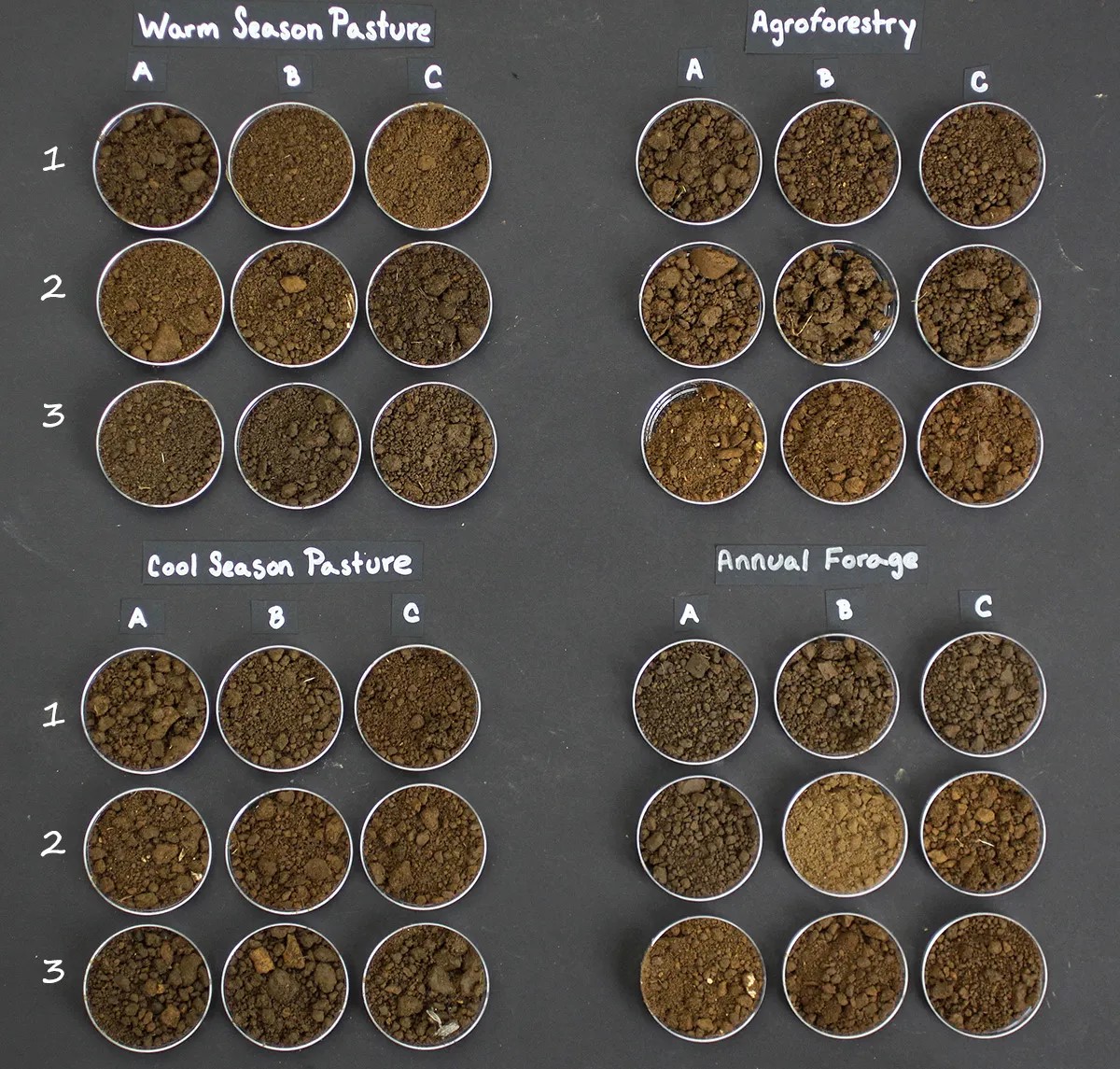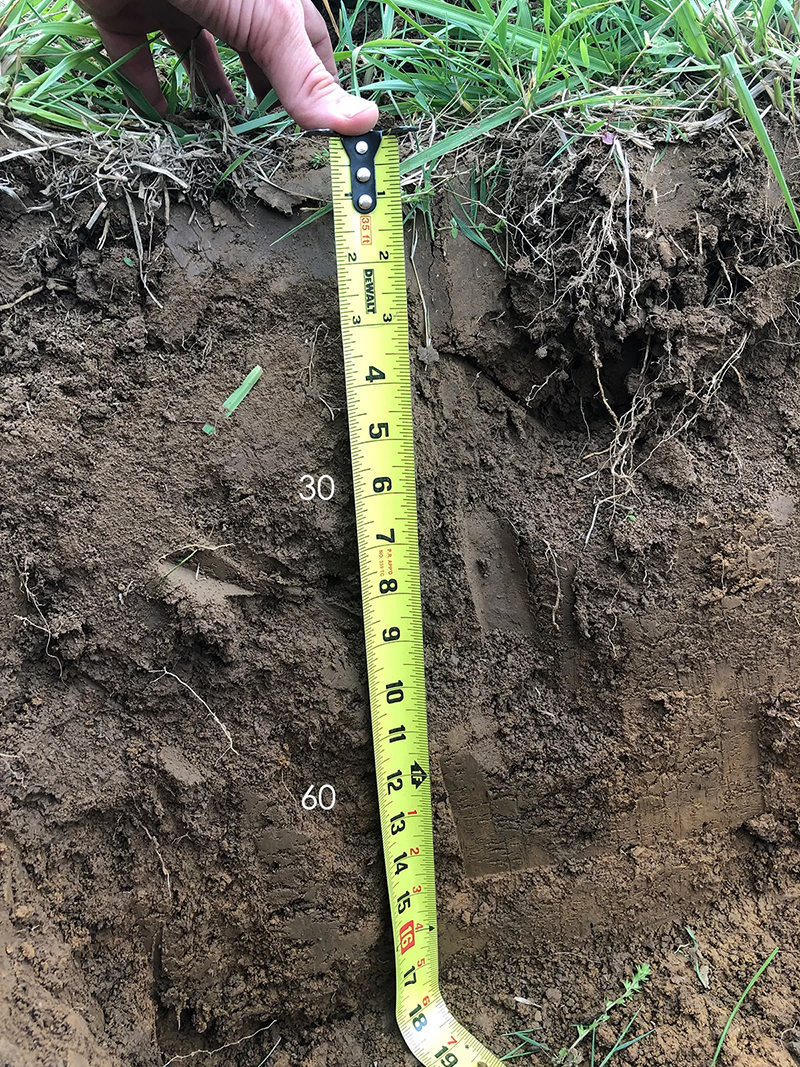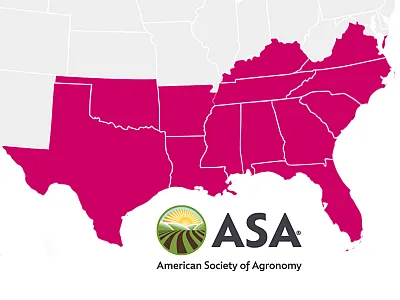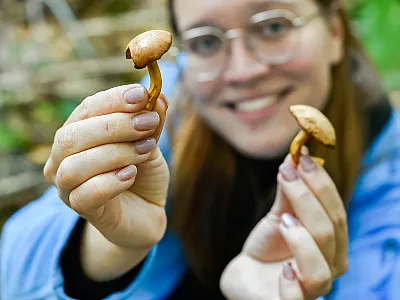More consistent sampling and analysis of farm soil organic carbon needed for accurate test results

Farmers and agronomists are challenged with collecting accurate and representative soil samples from their fields. As interest grows in monitoring soil health—especially year-to-year changes in organic carbon—more attention is turning to how landscape variability and lab methods influence soil organic carbon test results.

A recently converted regenerative farm in Tennessee, with four different management systems put in place to restore and improve soil health, served as a testing ground for evaluating sources of variability in soil carbon data. Sample numbers (sampling intensity), sample location across different field features (stratification), and lab testing procedures were all compared. For consistency, four different labs used the same methodology for analyzing soil organic carbon—total carbon combustion—on identical sets of samples.
Significant variation was observed at every level. Surprisingly, differences between laboratories were about the same as differences between distinct spatial zones on the farm. One overlooked factor—the amount of soil combusted in each lab run—appeared to be a major contributor to inconsistent results.
The findings point to two needed steps to improve accuracy and save costs: (i) increase sample numbers with smart distribution across the landscape while minimizing compositing and (ii) ensure labs use an amount of soil optimized to the combustion test equipment. Without these steps, soil carbon data may misrepresent real differences or even lead to wasted time and money—especially when farms rely on this data to guide long-term decisions.
Dig deeper
Brinton, W., Basso, B., Millar, N., Covey, K., Bettigole, C., Jagadamma, S., Loeffler, F., & Kolodney, S. (2025). An inter-laboratory comparison of soil organic carbon analysis on a farm with four agricultural management systems. Agronomy Journal, 117, e270018. https://doi.org/10.1002/agj2.70018
Text © . The authors. CC BY-NC-ND 4.0. Except where otherwise noted, images are subject to copyright. Any reuse without express permission from the copyright owner is prohibited.













